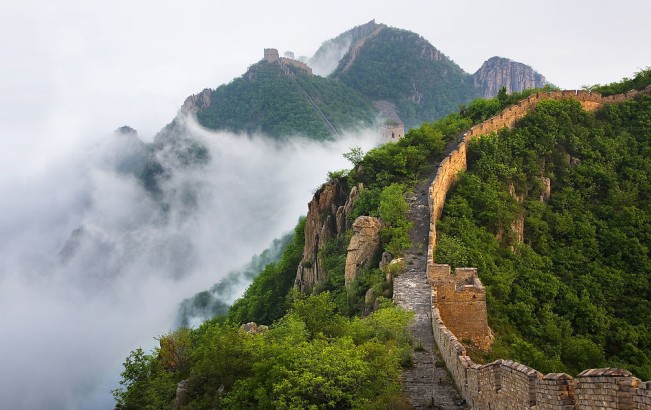Yellow Cloth Shoal is situated about 0.5 kilometers from the Hills while travelling down along the Li River. There is a large cream colored flagstone which lies under the water and look like the piece of new yellow cloth which is extended on the riverbed. That is why this river has got it name like this.
There is a stone which is situated on the east bank of the hill resembling a monkey which is holding a watermelon and the next being bear which is lying on its back. You will also see a stone on the west bank which looks like the women holding a baby in her arms and this scene is called Lady-in-waiting Holding the Crown Prince.
There are seven elegant peaks which stand on the both of the side of the shoal stand and they are having different size and height. They were known as the Seven Fairy Maidens Descending to the World. It is a legend that seven fairy maidens have travelled to the Li River and they were very much attracted by the unique scenery. They lingered to stay here and even though the Jade emperor had ordered them to return to the heaven. They however, preferred to turn themselves into the mountain peak for obeying his order.
On a windless and fine day, you can see the reflections of these seven peaks into the water. It is so much vivid that you will not believe that these are the real peaks and you will experience that you are sailing on the top of these peaks. The best time to enjoy the reflection of by traveling through the bends of the Leech Shoal. The background design of CN 20 bank notes have originated from this place. You will love to see the beauty of this place.































